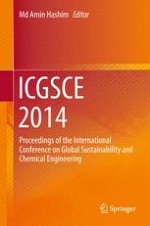2015 | OriginalPaper | Chapter
Potential Effect of Palm Oil Fuel Ash as Micro-Filler of Polymer Concrete
Authors : A. K. Nur Hafizah, M. W. Hussin, M. Ismail, M. A. R. Bhutta, M. Azman, P. J. Ramadhansyah, A. Nur Farhayu, A. S. L. Nor Hasanah
Published in: ICGSCE 2014
Publisher: Springer Singapore
Activate our intelligent search to find suitable subject content or patents.
Select sections of text to find matching patents with Artificial Intelligence. powered by
Select sections of text to find additional relevant content using AI-assisted search. powered by
